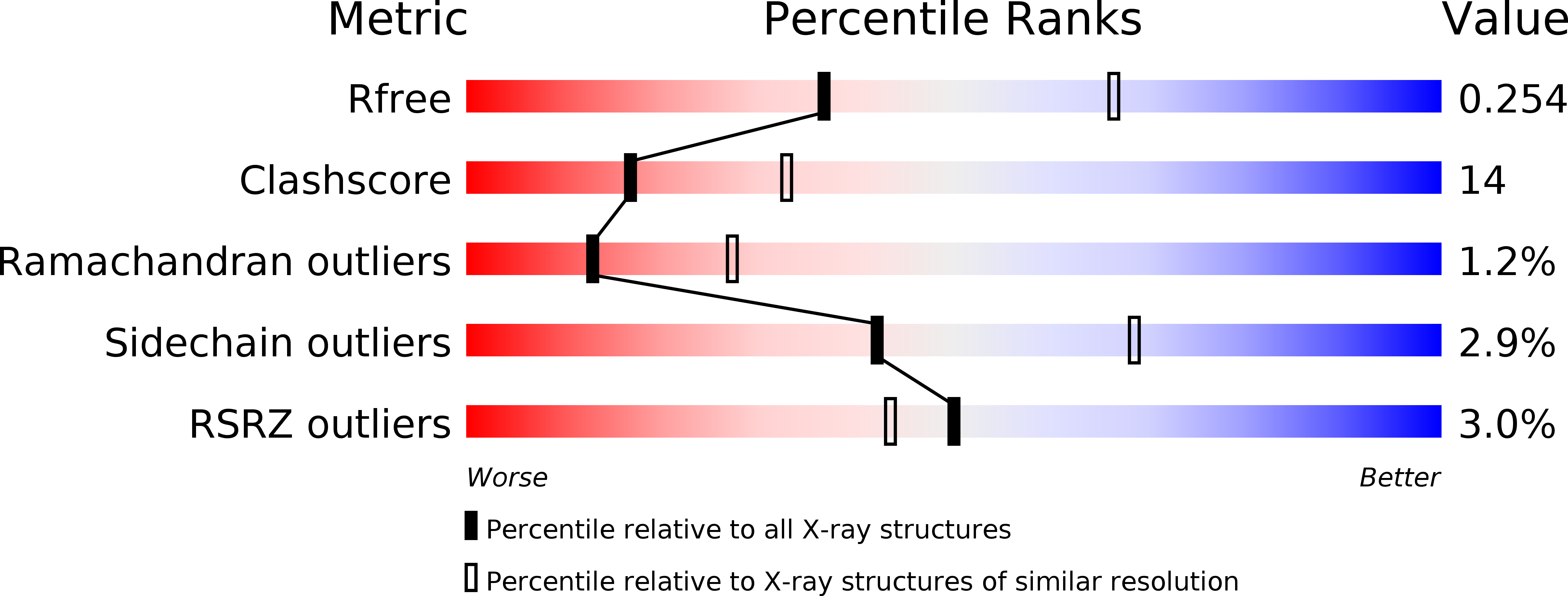
Deposition Date
2008-09-29
Release Date
2008-11-11
Last Version Date
2023-11-15
Entry Detail
PDB ID:
3EOV
Keywords:
Title:
Crystal structure of cyclophilin from Leishmania donovani ligated with cyclosporin A
Biological Source:
Source Organism:
LEISHMANIA DONOVANI (Taxon ID: 5661)
TOLYPOCLADIUM INFLATUM (Taxon ID: 29910)
TOLYPOCLADIUM INFLATUM (Taxon ID: 29910)
Host Organism:
Method Details:
Experimental Method:
Resolution:
2.60 Å
R-Value Free:
0.25
R-Value Work:
0.20
R-Value Observed:
0.20
Space Group:
C 1 2 1


